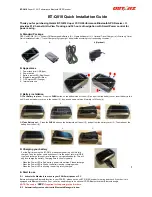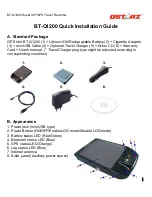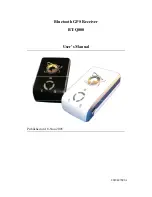
3.10.5.2 Differential Beacon Operation
Ordinarily the Raytheon DGPS Beacon receiver works automatically to find
and track the radiobeacon providing differential GPS corrections in your
area. When the beacon is being received,
is displayed in the message
area at the bottom of the various display modes.
The Beacon receiver is capable of operation in a
Manual Tuning mode via the NAV 398 menu. To
access the DGPS menus, the DGPS beacon receiver
must be connected, receiving a beacon signal, and
providing correction signals to the GPS sensor. The
message
"NO
CONNECT
"
will not appear and when the
PREVIOUS
DGPS BEACON SELECT
is pressed, the DGPS
menus will appear.
A
display
is the first screen. The “A” indi-
cates the receiver is operating in
the automatic mode. The fre-
quency of the beacon is dis-
played.
BEACON STATUS
A
206
AUTO.
B A U D
100
5 6
Each beacon operates at an as-
signed frequency. Usually bea-
cons operating in the same area
are assigned different frequen-
cies, so they are easily identified.
F R E Q U E N C Y
T H E N P R E S S E N T E R
The baud rate of the data transmission is displayed. Although the baud rate
can range between 50 to 300 baud, most beacons are currently transmitting
at 100 baud.
The third item on the screen is “RSSI”. The RSSI is the signal strength of
the received signal.
If
is pressed you can set the frequency steps the beacon
receiver should use in its’ search mode. The selections are 1
or 500 Hz
steps. Although a few beacons operate at XXX.5 Khz intervals, most
beacons operate at XXX
So, setting this to
will provide a faster
search and acquisition of the beacon in AUTO mode.
OPERATION 3-56






































